Grape Variety
Huxelrebe
"HOOK-sel-ray-buh"
Wine Styles
 Sparkling
Sparkling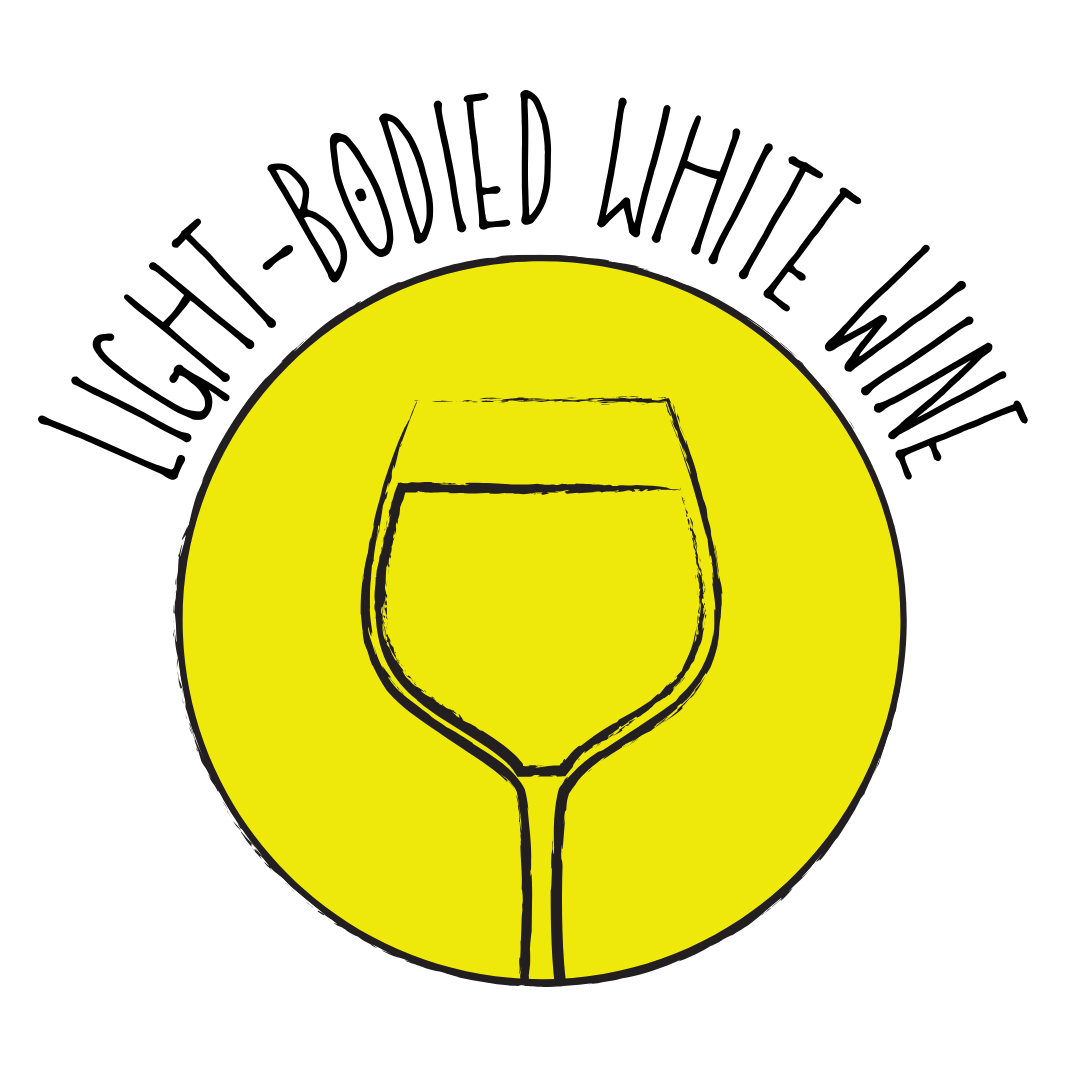 Light White
Light White Full White
Full White Aromatic
Aromatic Rosé
Rosé Light Red
Light Red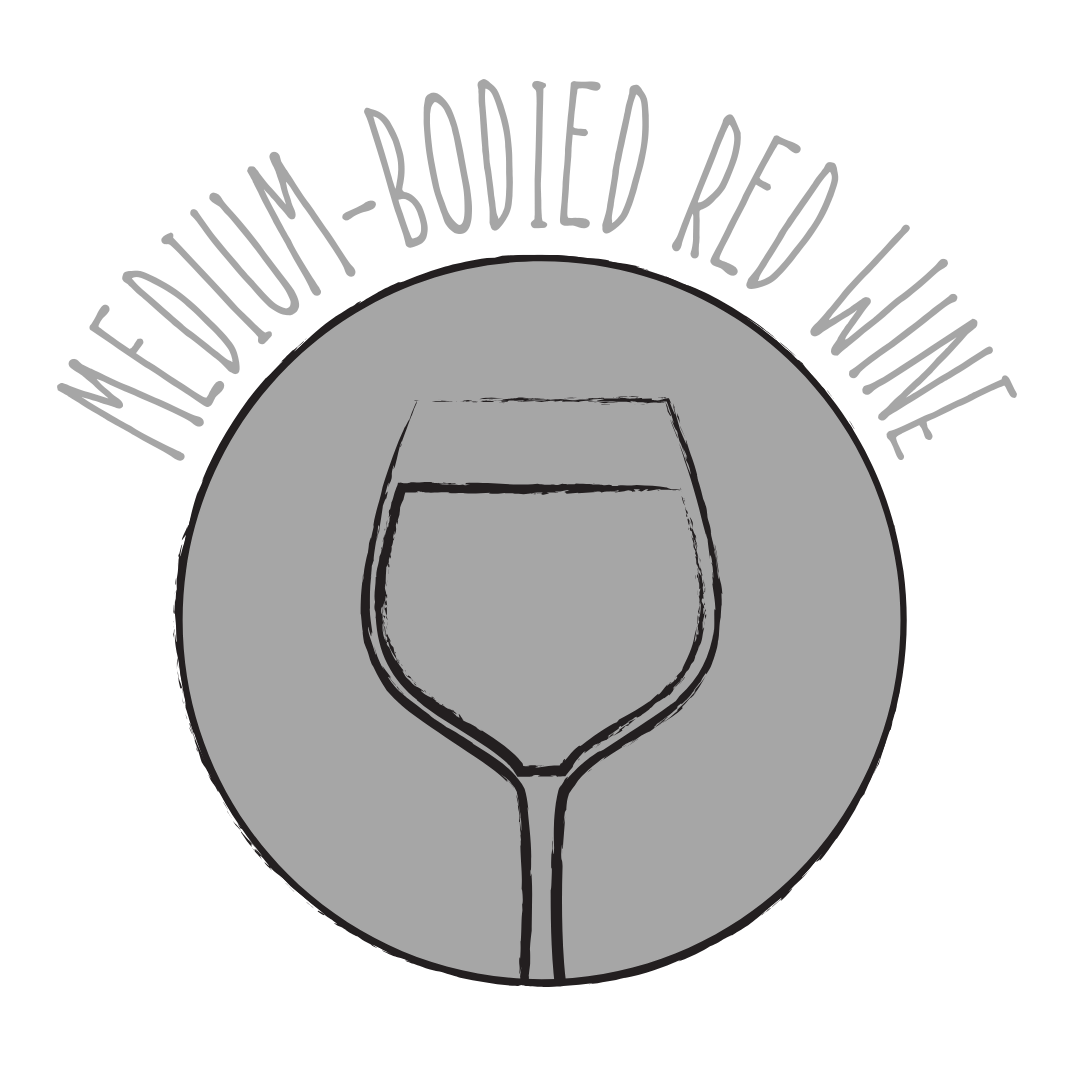 Medium Red
Medium Red Full Red
Full Red Dessert
DessertAbout Huxelrebe
Origin
Germany
History
Huxelrebe is a white grape variety developed in 1927 by German viticulturist Dr. Georg Scheu at the grape-breeding institute in Alzey, Rheinhessen. It is a cross between Gutedel (Chasselas) and Courtillier Musqué (Muscat Précoce de Saumur). The variety was named after viticulturist and nursery owner Fritz Huxel, who extensively cultivated it in the 1950s in Westhofen, Rheinhessen, and won numerous awards for his Huxelrebe wines. It received varietal protection in 1969.
Appearance
Medium-sized, tightly packed clusters of greenish-yellow berries.
Growing Traits
Huxelrebe is a very high-yielding variety that ripens early. If yields are controlled, it can produce high-quality wines, primarily sweet wines as an apéritif or dessert wine, and it usually can reach Auslese ripeness even in a lesser year. The wines tend to be high in acidity and have aromas of rhubarb. Higher-end Huxelrebe wines made from riper grapes often have muscat-like aromas in addition.
Wine Characteristics
Body
3/5
Sweetness
3/5
Tannin
0/5
Acidity
4/5
Alcohol
2/5
Medium to full-bodied with a rich and aromatic profile, offering a balance between fruitiness and acidity. Versatile in sweetness levels, ranging from dry to lusciously sweet, particularly in dessert wines. Negligible tannins, as it is a white wine variety, resulting in a smooth and clean finish. High acidity, contributing to its freshness and enhancing its aging potential. Moderate alcohol content, typically ranging between 11% and 13%, providing a balanced and approachable character.
Taste Profile
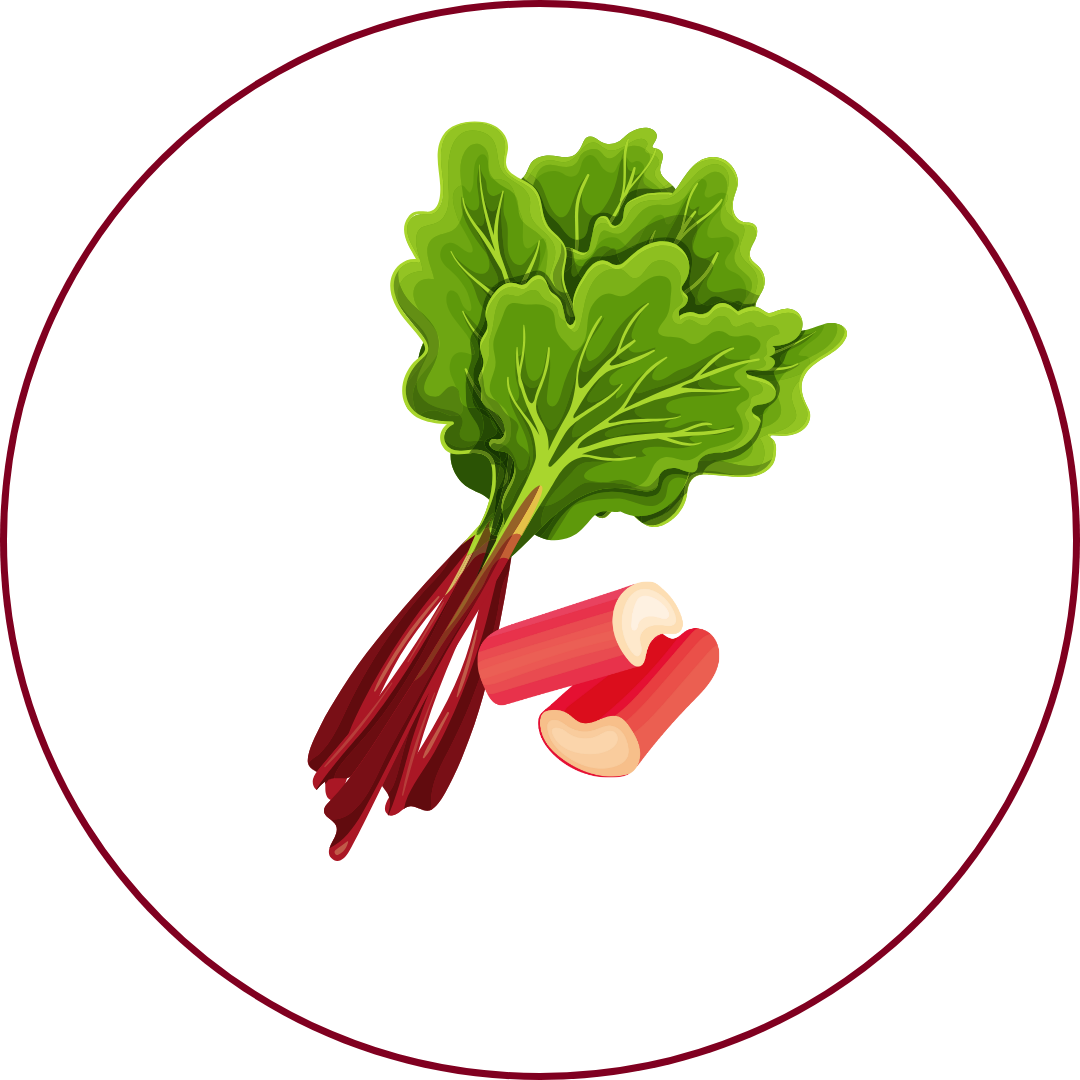
Rhubarb

Muscat
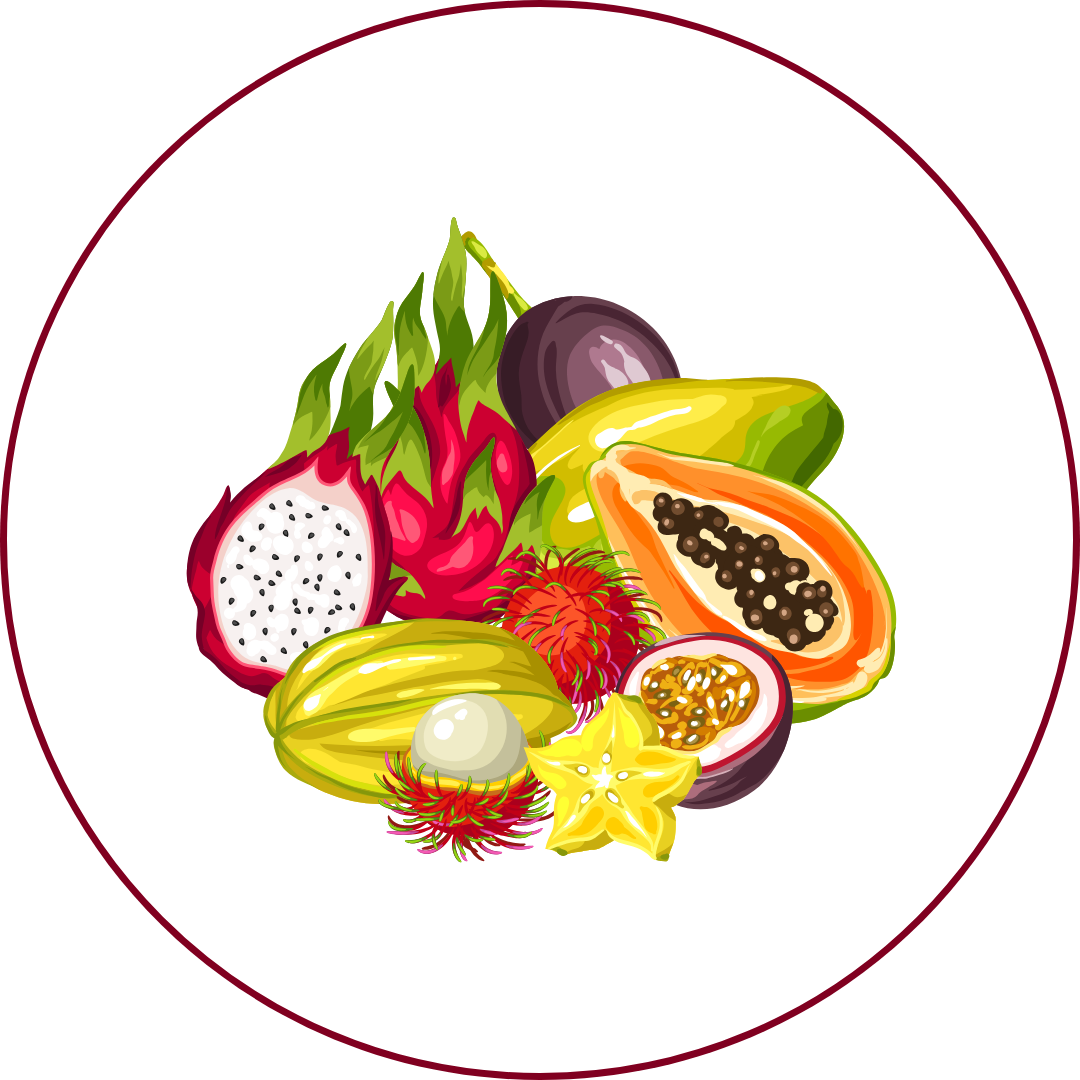
Exotic Fruits
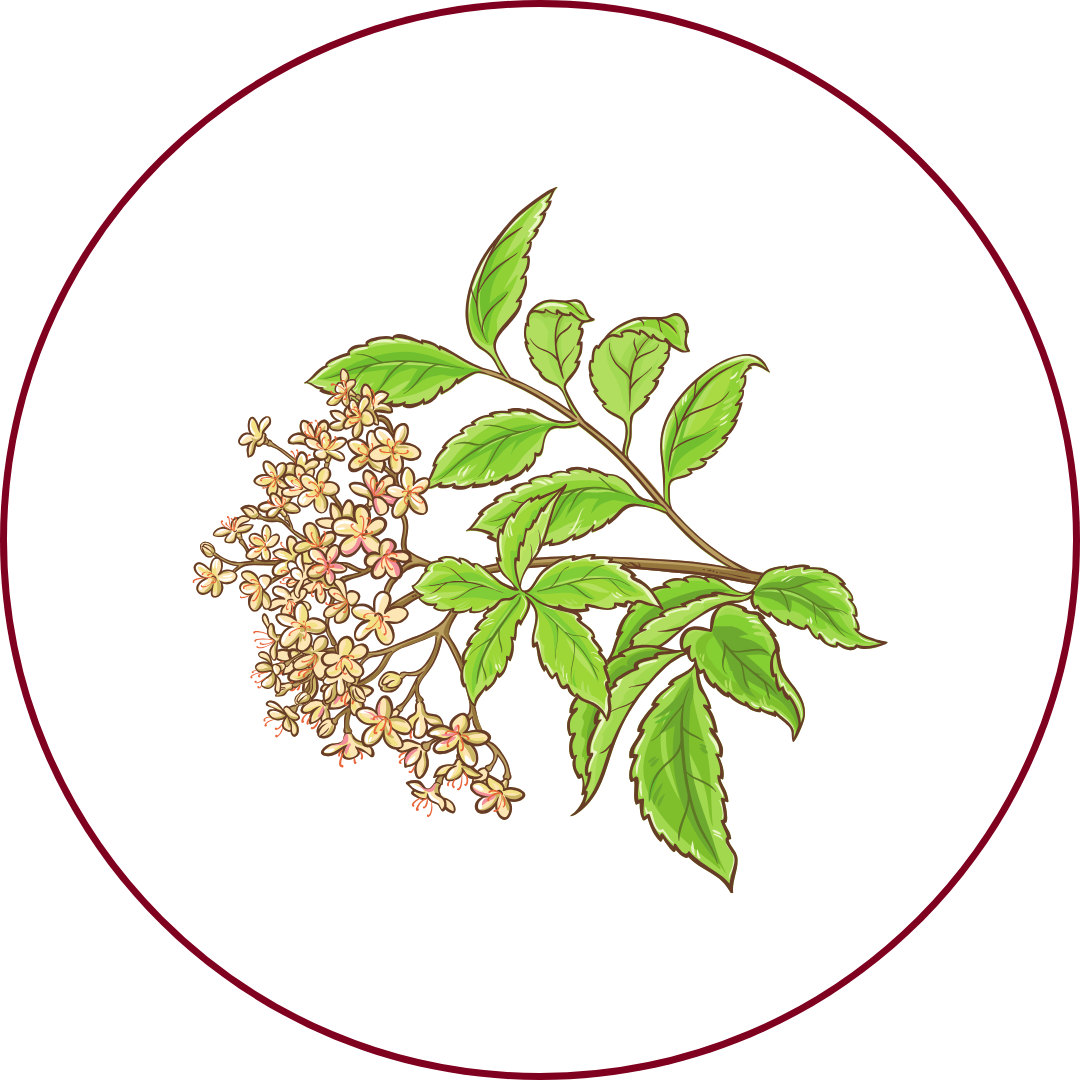
Elderflower

Honey
Huxelrebe wines are characterized by high acidity and aromas of rhubarb. Higher-end Huxelrebe wines made from riper grapes often have muscat-like aromas in addition.
Food Pairing
Huxelrebe's versatility in sweetness levels makes it suitable for a wide range of dishes. Dry versions pair well with spicy poultry and fish dishes, as well as sweet and sour cuisine, complementing the wine's fruit notes and acidity. Sweet styles, such as Auslese or Beerenauslese, are excellent with desserts like fruit tarts, crème brûlée, or blue cheeses, enhancing the wine's honeyed and tropical fruit flavors.
Growing Regions

Germany
RheinhessenPfalzNahe

England
East AngliaSouth East England
Notable Wines & Producers
Huxelrebe Auslese
Weingut Josef Köhr
Weingut Karl-Heinz Gaul
Huxelrebe Beerenauslese
Weingut Fischer
New Hall Huxelrebe
New Hall Wine Estate
Huxelrebe FAQ
Common questions about this grape variety
What is the origin of Huxelrebe?
+
Germany
Is Huxelrebe wine full bodied?
+
Huxelrebe has a body level of 3 out of 5. Which means that Huxelrebe is Moderate bodied.
Is Huxelrebe wine dry or sweet?
+
Huxelrebe has a dryness level of 3 out of 5. Which means that Huxelrebe is Semi-Sweet.
Where is Huxelrebe wine from?
+
Germany
Where is Huxelrebe grown?
+
Huxelrebe is grown in Germany (Rheinhessen, Pfalz, Nahe)England (East Anglia, South East England).
What is Huxelrebe like?
+
Huxelrebe wines are characterized by high acidity and aromas of rhubarb. Higher-end Huxelrebe wines made from riper grapes often have muscat-like aromas in addition.
What does Huxelrebe pair with?
+
Huxelrebe's versatility in sweetness levels makes it suitable for a wide range of dishes. Dry versions pair well with spicy poultry and fish dishes, as well as sweet and sour cuisine, complementing the wine's fruit notes and acidity. Sweet styles, such as Auslese or Beerenauslese, are excellent with desserts like fruit tarts, crème brûlée, or blue cheeses, enhancing the wine's honeyed and tropical fruit flavors.
What does Huxelrebe taste like?
+
Huxelrebe wines are characterized by high acidity and aromas of rhubarb. Higher-end Huxelrebe wines made from riper grapes often have muscat-like aromas in addition.
Take Huxelrebe Knowledge with You
Access detailed grape profiles, tasting notes, and pairing suggestions on your iPhone.
Download on theApp Store